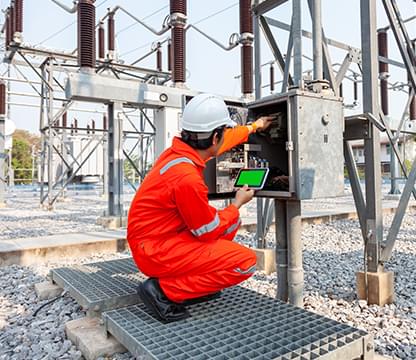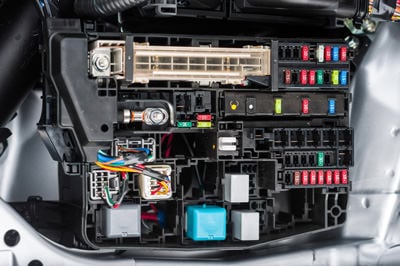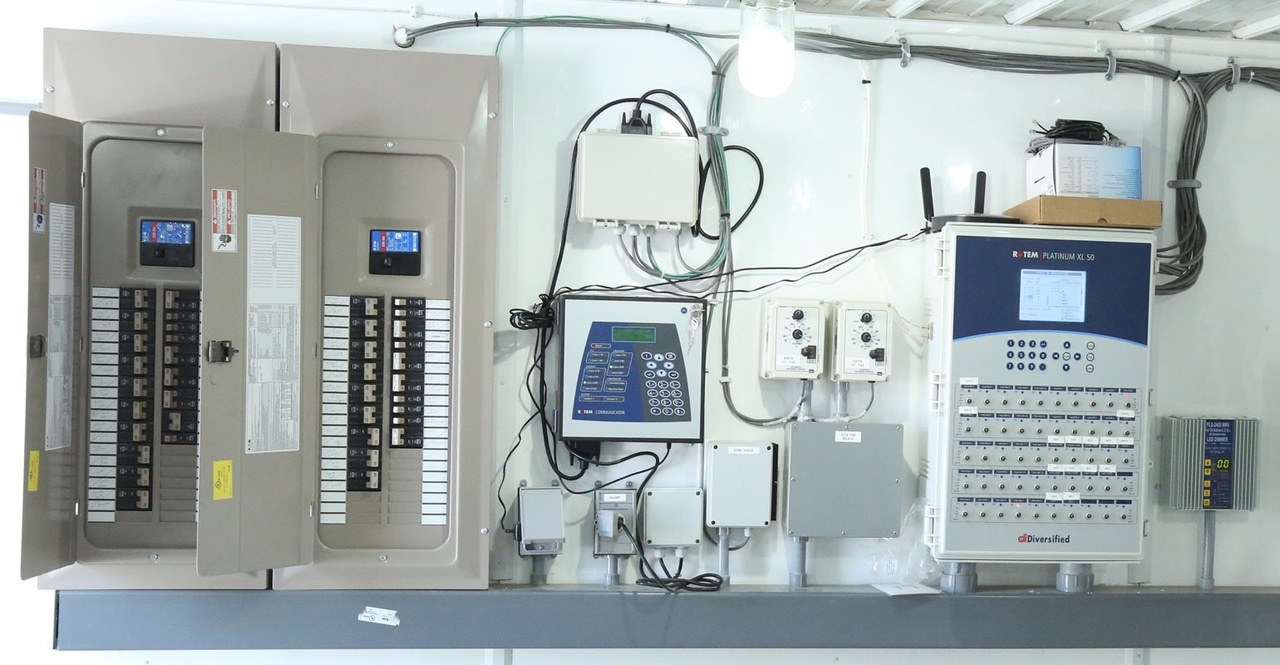Leading Tips for Effective Electrical System Troubleshooting
Fixing electric systems needs a methodical approach, grounded in a comprehensive understanding of electric principles and security protocols. By familiarizing oneself with circuit components, using essential devices, and adhering to an organized evaluation approach, professionals can properly identify and fix concerns. Nonetheless, the nuances of efficient troubleshooting expand past simple technical knowledge; recognizing just how to record searchings for and prioritize safety and security can significantly affect results. As we explore these essential aspects even more, it comes to be clear that grasping this process is not just beneficial yet necessary for success in the field.
Understand the Fundamentals
Recognizing the basics of electrical systems is vital for efficient troubleshooting, as a strong structure allows service technicians to diagnose and deal with concerns more efficiently. An extensive understanding of electrical concepts, such as voltage, existing, resistance, and power, is important in recognizing the origin causes of troubles. Voltage is the electric possible distinction that drives existing with a circuit, while resistance opposes the flow of current, impacting the general capability of the system.
Experience with circuit parts, including resistors, capacitors, diodes, and switches, is likewise critical. Each element plays an unique role in circuit actions and can influence efficiency when malfunctioning. In addition, comprehending collection and identical circuit arrangements is essential, as these arrangements influence the distribution of voltage and current within the system.
Service technicians must be aware of prospective dangers, such as shock and short circuits, to implement secure troubleshooting practices. By understanding these foundational principles, technicians boost their capability to conduct effective diagnostics and repair work, ultimately leading to enhanced efficiency and dependability of electrical systems (electrical system troubleshooting).
Gather Necessary Equipment
Effective troubleshooting of electric systems calls for the best set of tools to detect and settle concerns accurately. Essential devices consist of a multimeter, which measures voltage, present, and resistance, allowing for specific analyses of electrical components.
Additionally, insulated hand devices such as screwdrivers, pliers, and wire pole dancers are important for securely adjusting electrical links. It is additionally a good idea to have a circuit tester available to confirm the existence of voltage in electrical outlets and cords. For even more complex systems, a thermal imaging cam can help spot overheating components, suggesting prospective failings.

Comply With a Systematic Method
Having gathered the ideal devices, the following step in repairing electric systems is to adhere to a systematic approach. A methodical strategy ensures that technicians can determine mistakes successfully and accurately, minimizing downtime and stopping unneeded repair services.
Begin by examining the system's Homepage schematic diagrams and specs. This includes checking each part systematically, beginning from the power source and functioning in the direction of the tons.
Make use of screening equipment, such as multimeters and oscilloscopes, to gather objective data regarding voltage, present, and resistance at various points within the system. This empirical proof will direct your troubleshooting initiatives and help to confirm or eliminate possible reasons for failing.
In addition, take into consideration environmental aspects that might influence the system's efficiency, such as temperature level changes or wetness access. An extensive inspection of wiring, links, and elements will certainly make sure that all opportunities are made up.
Document Your Findings
Thorough documents is crucial in the fixing process of electric systems. This method not just help in comprehending the root cause of the problem yet likewise offers as a referral for future fixing initiatives.

Furthermore, keeping a log of parts changed or fixings done is vital. This info supports supply administration and can help examine the durability and integrity of particular parts.
Ultimately, the documentation procedure should be detailed yet concise, enabling very easy access and testimonial - electrical system troubleshooting. By prioritizing thorough paperwork, professionals can create a useful data base that not only aids in existing troubleshooting but likewise equips future maintenance initiatives, thereby improving total system dependability

Prioritize Precaution
Acknowledging the integral risks connected with electric systems is vital for guaranteeing safety and security throughout troubleshooting. Electric shock, burns, and tools damages are just a few of the potential threats that specialists face. Prioritizing security actions is not only a lawful commitment but additionally a moral important that safeguards both the professional and the surrounding setting.
Prior to beginning any type of troubleshooting task, specialists need to wear suitable individual protective devices (PPE), consisting of protected handwear covers, security glasses, and flame-resistant apparel. Making certain that the workplace is completely dry and free go to these guys of clutter can considerably decrease the danger of crashes. In addition, it is important to de-energize circuits prior to beginning any job, confirming that they are not live through the usage of a multimeter or voltage tester.
Establishing clear communication protocols with team participants is likewise crucial; this guarantees that everyone understands potential hazards and the status of the electrical system being worked on. Having an emergency reaction plan in location can confirm important in the event of an event. By focusing on safety and security actions, service technicians can successfully reduce dangers and promote a much safer workplace.
Final Thought
Effective electrical system troubleshooting counts on a comprehensive understanding of basic principles and a methodical approach. By gathering essential tools, adhering to systematic evaluation strategies, and diligently recording findings, the repairing procedure becomes a lot more effective and trustworthy. Prioritizing safety procedures makes certain the well-being of people involved and the honesty of the electric system. Implementing these techniques will enhance the troubleshooting experience, bring about quicker resolutions and improved functional effectiveness in electrical systems. review